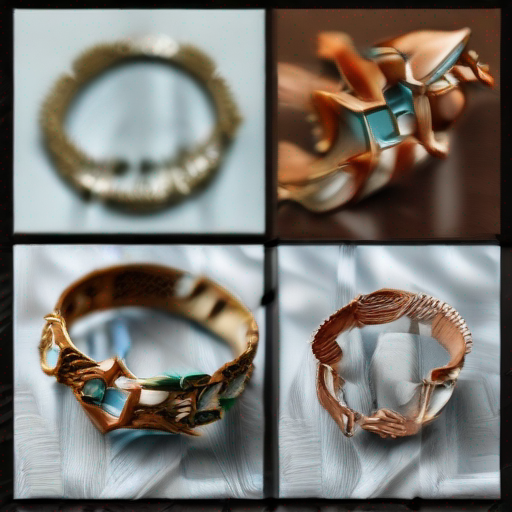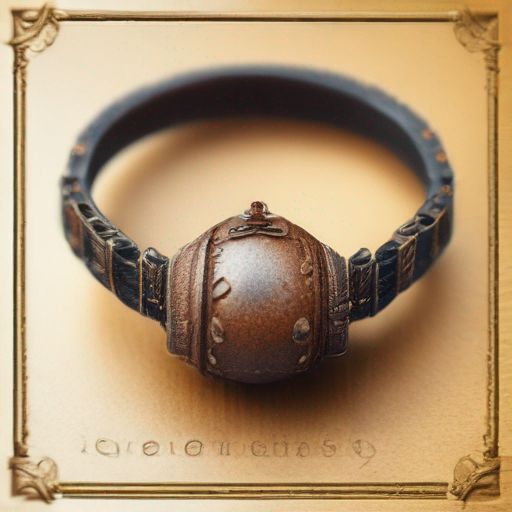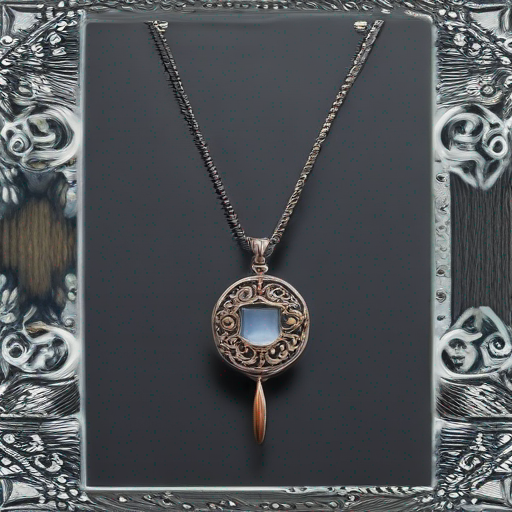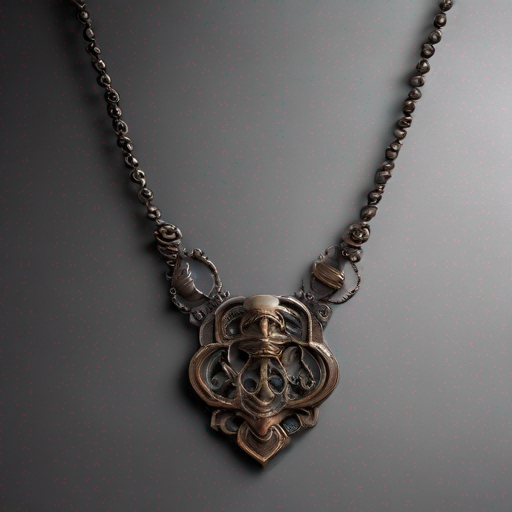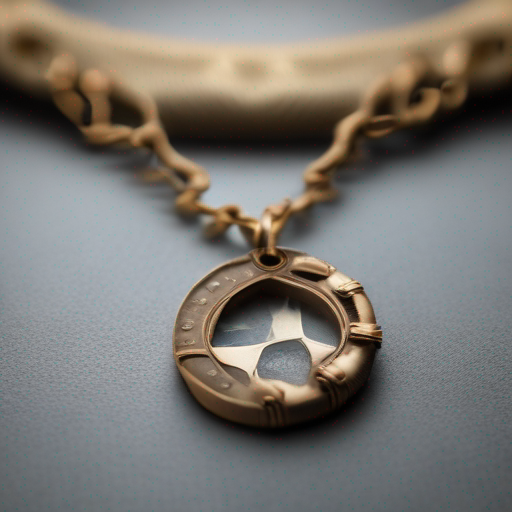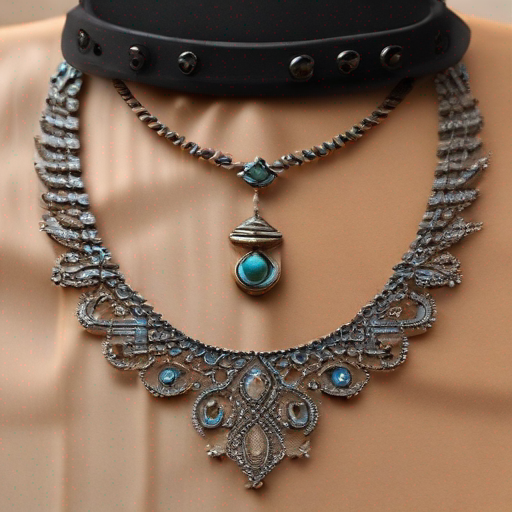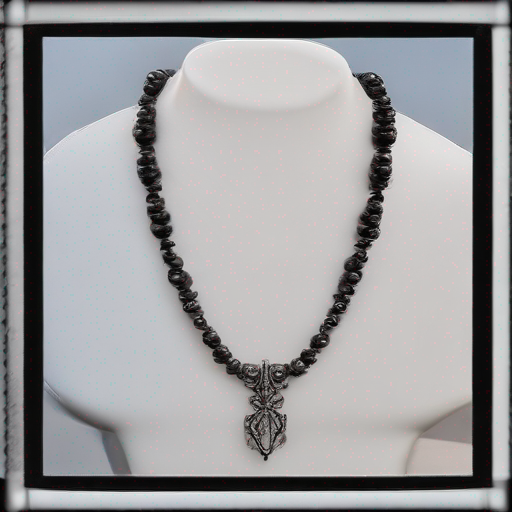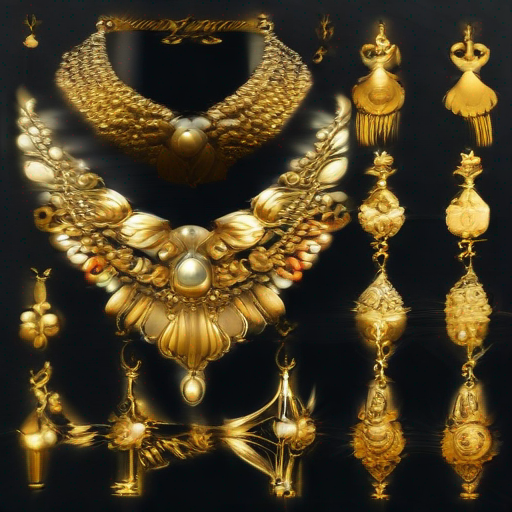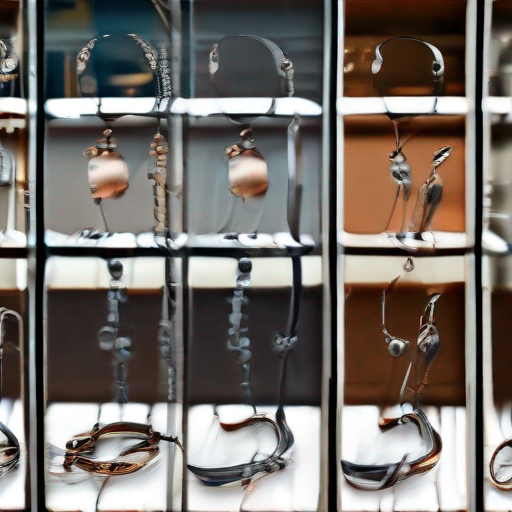How to Get Rust Off A Necklace: Tips, Tricks, and Solutions
Rust can be a pesky problem when it comes to our favorite jewelry pieces, including necklaces. Whether you've inherited an antique necklace or purchased one recently, rust can quickly ruin its beauty and value. In this article, we'll delve into the world of rust removal and provide you with a comprehensive guide on how to get rust off a necklace.
Understanding Rust
Before we dive into the removal process, it's essential to understand what rust is and why it forms. Rust is a type of corrosion that occurs when iron or steel reacts with oxygen and moisture in the air. This reaction creates a reddish-brown substance that can quickly spread and damage the underlying metal.
Causes of Rust
Rust can occur due to various factors, including:
- Moisture: High humidity or exposure to water can accelerate the rusting process.
- Oxygen: The presence of oxygen in the air is necessary for rust to form.
- Iron or steel content: Necklaces made from these metals are more prone to rusting.
- Poor maintenance: Failing to clean and store jewelry properly can lead to rust formation.
Removing Rust
Now that we've covered the basics, let's move on to the removal process. Here are some methods you can try:
Method 1: Vinegar and Water
Mix equal parts of white vinegar and water in a bowl. Soak the rusty necklace in the solution for several hours or overnight. The acid in the vinegar helps break down the rust, making it easier to remove.
Method 2: Baking Soda and Water
Create a paste by mixing baking soda and water. Apply the paste to the rusty area and let it sit for about an hour. Rinse the necklace with warm water and use a soft cloth to gently scrub the area. The baking soda helps neutralize the acidity of the rust.
Method 3: Lemon Juice and Salt
Cut a lemon in half and squeeze the juice onto the rusty area. Sprinkle a small amount of salt over the juice. Let it sit for about an hour before rinsing with warm water and scrubbing gently with a soft cloth. The acid in the lemon juice helps break down the rust, while the salt acts as a gentle abrasive.
Method 4: Commercial Rust Remover
If the above methods don't work, you can try using a commercial rust remover. These products are specifically designed to target and remove rust. Follow the product's instructions carefully, as some may require special precautions or rinsing.
Preventing Rust
While removing rust is essential, it's also crucial to prevent it from forming in the first place. Here are some tips:
- Store jewelry in a dry, cool place.
- Avoid exposing your necklace to moisture, such as showering or bathing while wearing it.
- Clean your necklace regularly with a soft cloth and mild soap.
- Consider applying a rust-inhibiting coating or sealant.
Key Takeaways
Here's a summary of the key points:
| Method | Description |
|---|---|
| Vinegar and Water | Soak the necklace in a vinegar-water solution for several hours or overnight. |
| Baking Soda and Water | Create a paste with baking soda and water, apply to the rusty area, and let it sit for about an hour before rinsing and scrubbing. |
| Lemon Juice and Salt | Apply lemon juice and salt to the rusty area, let it sit for about an hour, then rinse and scrub gently. |
| Commercial Rust Remover | Use a commercial product specifically designed to remove rust, following the instructions carefully. |
Conclusion
Removing rust from a necklace can be a challenge, but with the right methods and precautions, you can restore your jewelry to its former glory. Remember to store your necklace properly, clean it regularly, and consider applying a rust-inhibiting coating or sealant to prevent future rust formation.
For more information on how to get rust off a necklace, check out how to get rust off a necklace for additional tips and tricks.
Table: Rust Removal Methods
| Method | Time Required |
|---|---|
| Vinegar and Water | Several hours or overnight |
| Baking Soda and Water | About an hour |
| Lemon Juice and Salt | About an hour |
| Commercial Rust Remover | Varies depending on product |
References
- [1] Rather Pretty. (n.d.). How to Get Rust Off a Necklace. Retrieved from https://ratherpretty.com
- [2] The Spruce Crafts. (n.d.). How to Remove Rust from Jewelry. Retrieved from https://www.thesprucecrafts.com/remove-rust-jewelry-4127189
Disclaimer
The methods and products mentioned in this article are for informational purposes only and may not be suitable for all jewelry or situations. Always test a small area of the necklace before attempting to remove rust, and consider consulting a professional if you're unsure about the best course of action.

